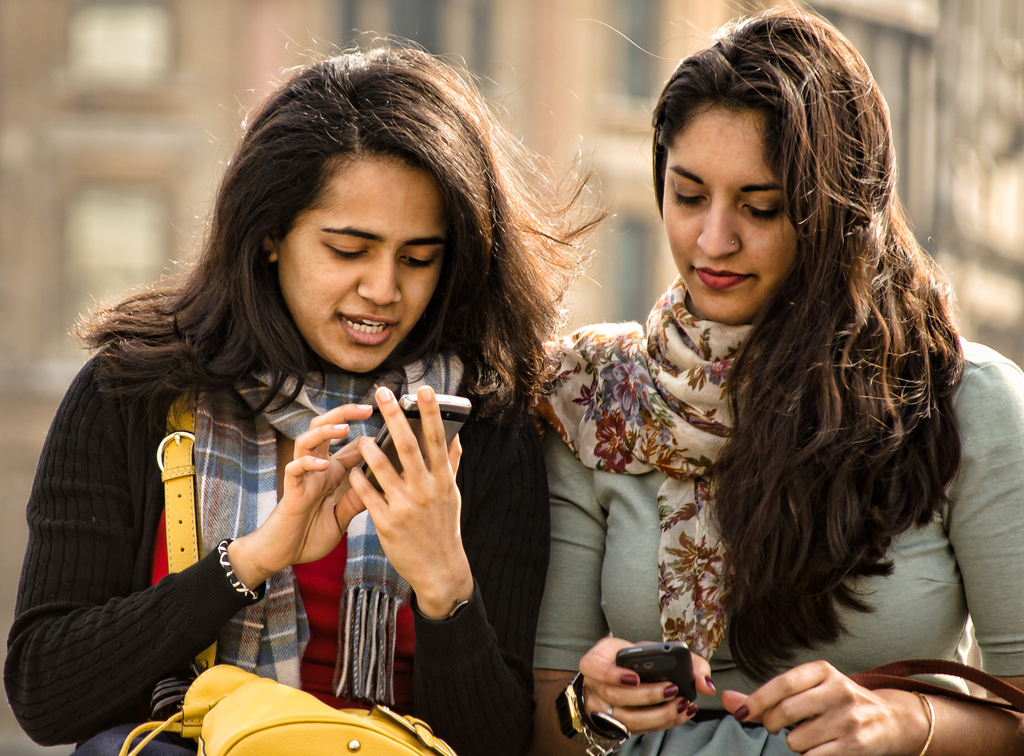Critical Literacy
In order to inform instructors and aid in the development of responsible pedagogy, scholars in rhetoric and composition have taken the development of technological literacy strategies as one of the field’s major concerns. While little of this research has been directed toward cell phones in particular, much has been directed toward the broader intersections of literacy, pedagogy, and technology. Recognizing how cell phones and their attendant literacies can enhance students’ writing abilities often requires a corresponding concept of what counts as technological literacy. Stuart Selber’s (2004) work on multiliteracies has helped dispel various myths that technological access equals technological literacy. His analysis of multiliteracy showed that we gain literacy in different levels of knowledge and skill, including a functional, use-based understanding, a critical, questioning understanding, and a rhetorical, productive, and reflective understanding (pp. 22–29). Yet, simply because our students have physical access to cell phones, we cannot assume that they have been able to think rhetorically and critically about their use of such technologies.

Adam Banks’s (2006) reworking of “access” into different levels substantively questioned the assumption that functional access equals mastery. He identified a robust technological literacy as containing (at least) five different levels of access: 1) material, 2) functional, 3) experiential, 4) critical, and 5) transformative (pp. 41–45). These different stages of access in turn enable different intensities of literacy development, similar to Selber’s (2004) categories of literacy, though they may not necessarily emerge in a chronological fashion. The last three levels of literacy development in particular are crucial, as is Selber’s rhetorical literacy, as they indicate that students are actively reflecting upon their skills, recognizing the multifaceted rhetorical contexts of the technologies they use, and then producing material while utilizing their functional and critical literacies. In part, the video project shown in A Video Inquiry offers one possible way of helping students gain critical and transformative access to the technology of cell phones.
